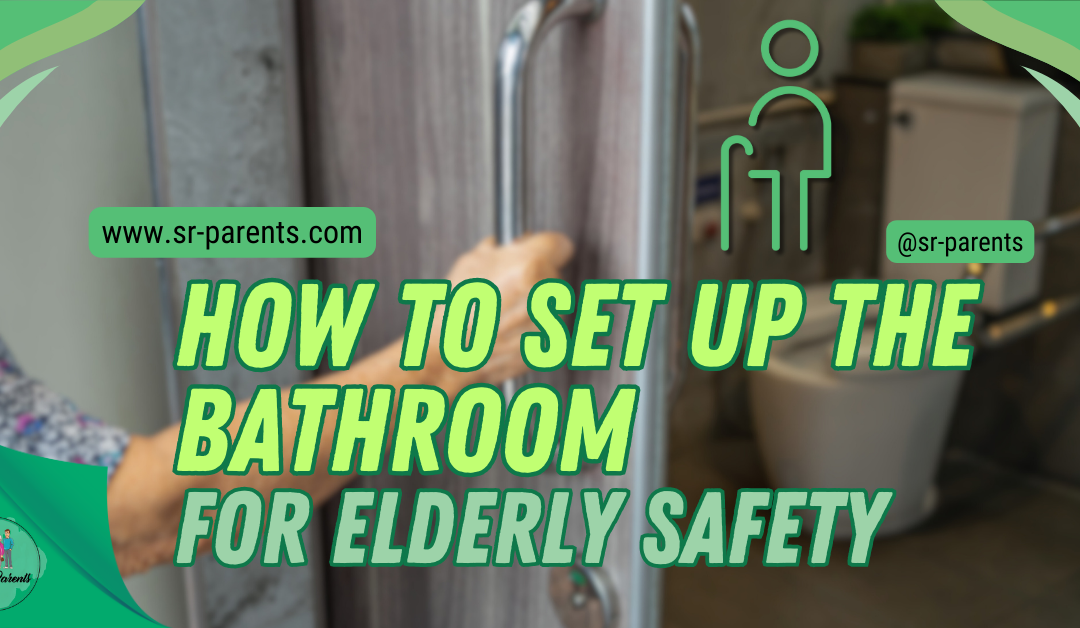If you have elderly loved ones and you’re thinking about how to set up the bathroom for elderly safety, you’re in for a treat. Our homes often require adjustments to ensure safety and comfort as we age. The bathroom can be risky for older folks because of its slippery floors and cramped spaces. However, you can transform your bathroom into a safe haven with thoughtful planning and simple modifications.
In this guide, we’ll go through some practical tips and safety items to help you set up the bathroom for elderly safety. This will promote independence and peace of mind for both the elderly and their caregivers. Whether you’re preparing for your own needs or those of a loved one, creating a safe bathroom environment is a crucial step toward maintaining a high quality of life.
Contents
How to Set Up the Bathroom for Elderly Safety: Essential Items for a Secure and Accessible Space

After my Dad’s stroke, we worried about how to set up the bathroom for elderly safety. He had always been strong and capable. But with one side weaker and his mobility compromised, we knew changes were necessary. I did a lot of research and was surprised at all the options and suggestions available: grab bars, seat handles, non-slip mats—the list seemed endless.
I learned that the bathroom was one of the most dangerous places for the elderly. Many falls happen with slippery floors, of course. But it’s also an issue of navigating in smaller spaces. And, as we soon discovered, those nighttime trips can be even more concerning. Traveling to the bathroom, often without full lights on at night, when you are already sleepy, leads to many falls.
I was determined that my Dad stay safe. So, we spent the necessary time doing research. Then we purchased the needed grab bars, mats, and even the raised toilet seat with handles.
Key Takeaways
- As more people get older, there’s a growing need to adapt living spaces to ensure elderly individuals can stay safe and independent.
- When equipping a bathroom for elderly safety, certain items are critical in preventing falls and injuries, from grab bars to bidets.
- It’s a great idea to add supportive equipment like adjustable shower heads and power toilet lift chairs. It can really help cut down on the risk of falls and accidents.
- When thinking about setting up the bathroom for elderly safety, one must prioritize ease of movement and the accessibility of essential bathroom items.
- Ensuring elderly safety in the bathroom requires ongoing attention, from regular cleaning and maintenance to periodic safety reviews and adjustments.
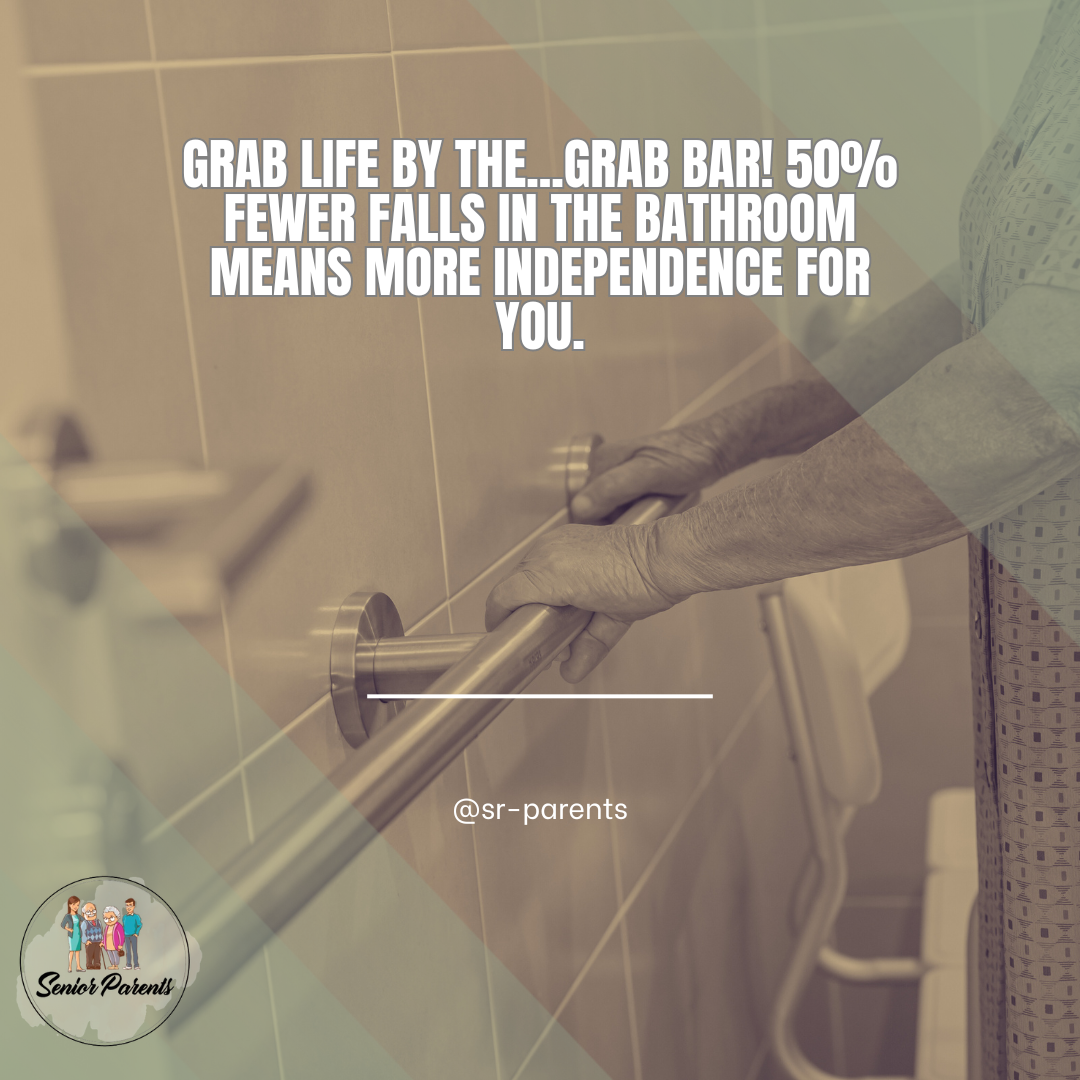
Understanding the Needs of the Elderly
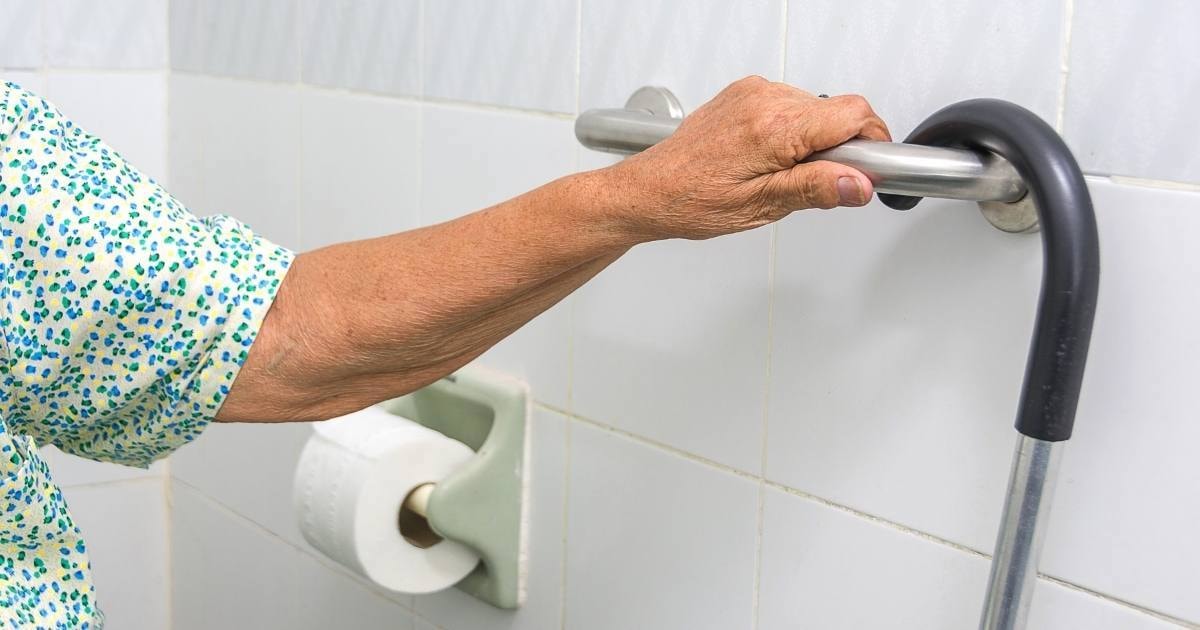
As more people get older, it’s becoming increasingly important to adapt our living spaces to ensure the safety and independence of elderly individuals. How to Set Up the Bathroom for Elderly Safety is particularly crucial, as the bathroom presents various risks due to wet surfaces, tight spaces, and the physical movements required for personal hygiene.
To reduce the risk of falls and injuries, it’s important to come up with a solid plan for making the bathroom safe for elderly individuals. When designing a bathroom for older individuals, it is crucial to tailor features to support their mobility and ensure safety against common hazards.
Assessing Mobility and Health Conditions
For many elderly individuals, mobility can greatly vary due to arthritis, balance disorders, or muscular weakness. It is essential to evaluate their ability to move unassisted and gauge the extent to which bathroom fixtures must be adapted. For instance, they may benefit from modifications such as raised toilet seats or walk-in tubs, facilitating easier access and use.
Recognizing Common Bathroom Hazards
Slippery floors and poorly placed fixtures can present significant risks to the elderly. Solutions like safety equipment installations can be life-saving because many accidents can occur when entering or exiting the bath or shower. Additionally, considering proper lighting to aid those with visual impairments is equally important to prevent missteps and falls.
Did You Know?
Certain medications or underlying health conditions can increase the risk of falls. It’s important to discuss any concerns about dizziness or balance problems with a doctor.
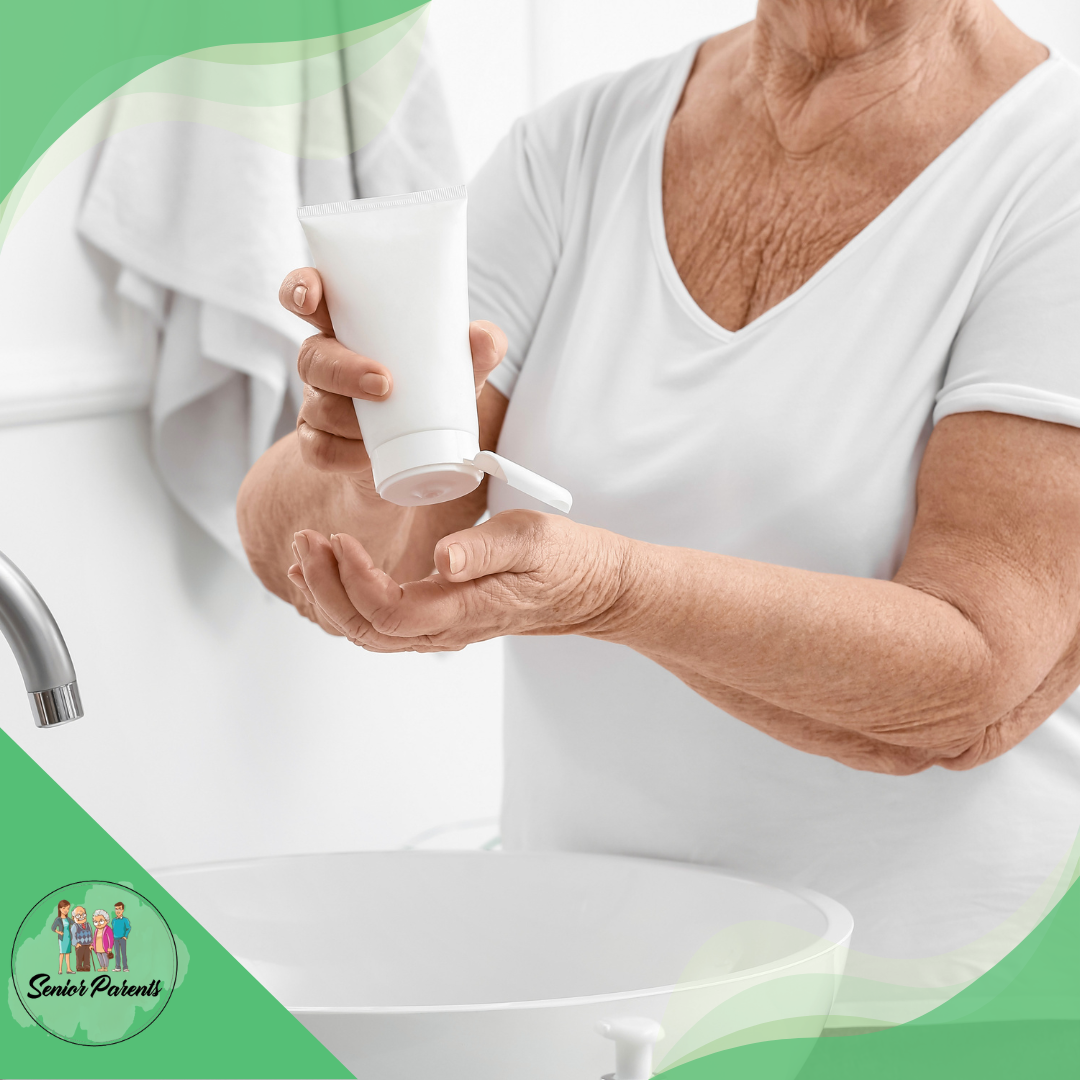
Essential Bathroom Safety Items for the Elderly
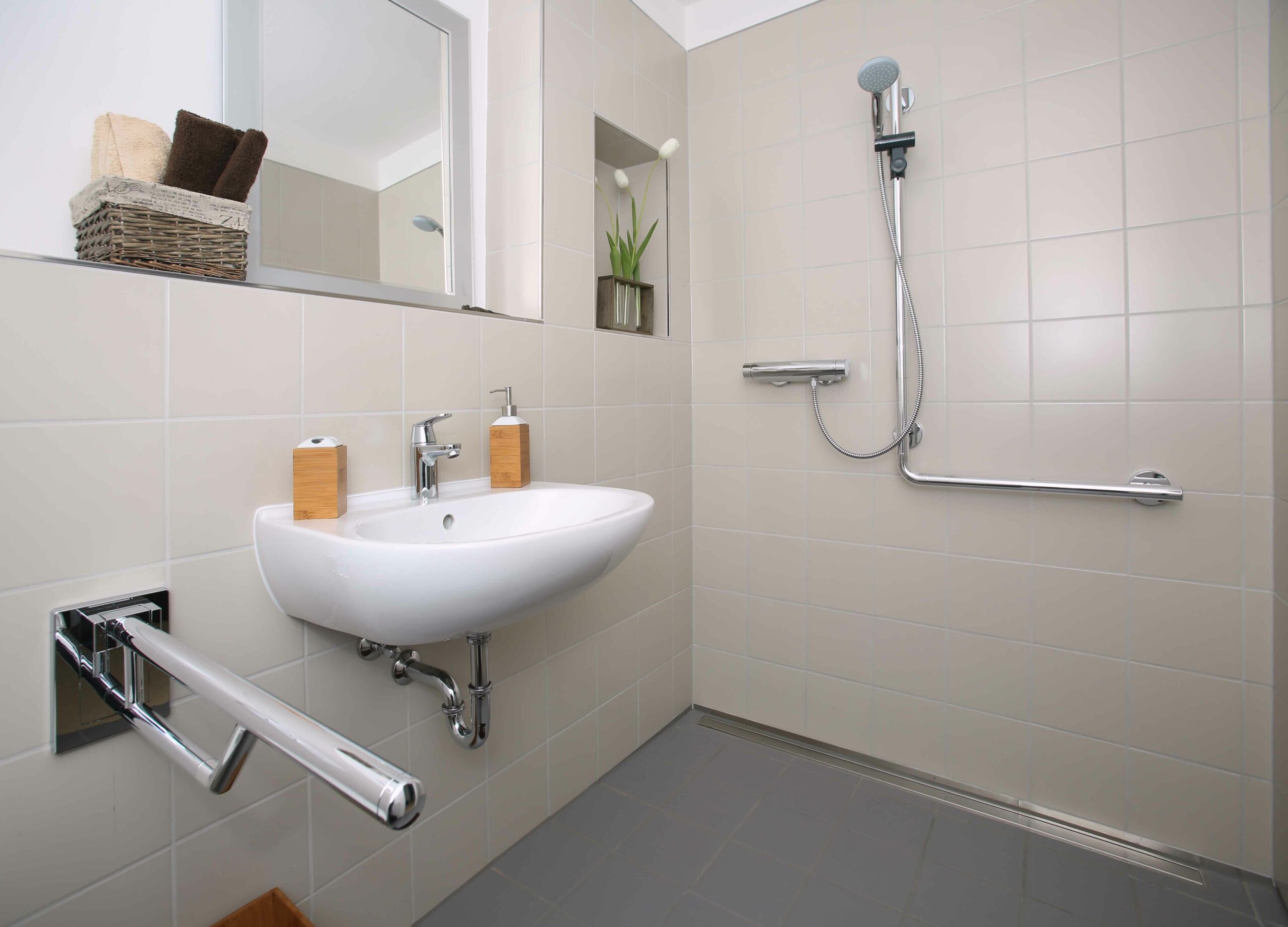
When equipping a bathroom for elderly safety, certain items are critical in preventing falls and injuries. These items enhance stability and provide the necessary support. Here’s a list of essential safety items for How to Set Up the Bathroom for Elderly Safety:
Grab Bars and Handrails
Grab bars and handrails are vital for stability in the bathroom. They should be installed in the shower, by the toilet, and anywhere else where support is needed. Bathroom Safety for Seniors emphasizes placing these items where slips and accidents are most likely.
Non-Slip Mats and Flooring
Non-slip mats in the bathroom are crucial to prevent slipping on wet surfaces. For long-term solutions, consider installing anti-slip flooring to provide continuous traction.
Raised Toilet Seat With Handles
A raised toilet seat with handles provides easier access and eases the strain of sitting down and standing up. The elevated height and added grip can greatly assist those with limited mobility.
Shower Chair or Bench
Introducing a shower chair or bench allows individuals to sit while showering, offering a restful and secure experience. This can be essential for those who have difficulty standing for extended periods.
Bidet
Incorporating a bidet can offer a hygienic and less physically demanding method for personal cleaning after toileting. It’s a valuable addition to enhance independence and maintain personal hygiene.
How to Set Up the Bathroom for Elderly Safety: Additional Supportive Equipment for Elderly Care
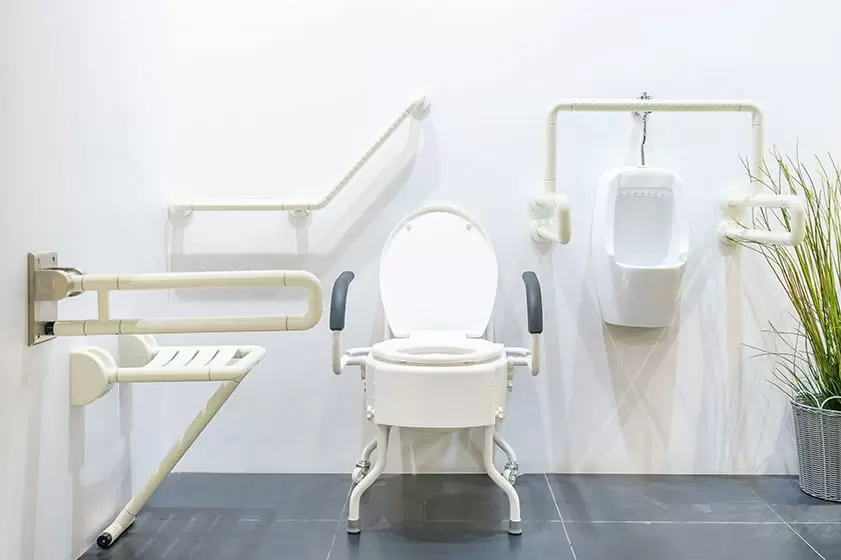
To enhance bathroom safety for elderly individuals, incorporating additional supportive equipment can significantly reduce the risk of falls and accidents. Each item serves a specific function to cater to seniors’ mobility and safety needs.
Adjustable Shower Heads
Adjustable shower heads provide the elderly with the ability to control the water flow and direction, allowing for a safer and more comfortable showering experience.
Equipped with features like a handheld showerhead, these shower heads offer ease of use and can be positioned at various heights to accommodate seated or standing showers.
Bright and Non-Glare Lighting
Proper lighting in the bathroom is crucial; therefore, installing bright and non-glare lighting helps prevent missteps and disorientation. This type of lighting ensures clear visibility, essential in navigating a potentially slippery environment.
Emergency Call Device
An emergency call device installed within reach can be a lifesaver in the event of a fall or sudden health issue. These devices typically come as pendants or wall-mounted units that, when activated, alert caregivers or emergency services.
Power Toilet Lift Chair
For those with considerable mobility constraints, a power toilet lift chair acts as a helpful aid in transitioning from sitting to standing after using the toilet. This device can help preserve seniors’ independence while protecting them from potential strain or injury.
Enhancing Layout and Accessibility for Elderly Safety
When thinking about How to Set Up the Bathroom for Elderly Safety, one must prioritize ease of movement and the accessibility of essential bathroom items. Clear pathways and strategic placement are crucial in creating a safe environment. It is essential to ensure that grab bars, non-slip mats, and other safety features are properly installed to enhance accessibility and minimize hazards.
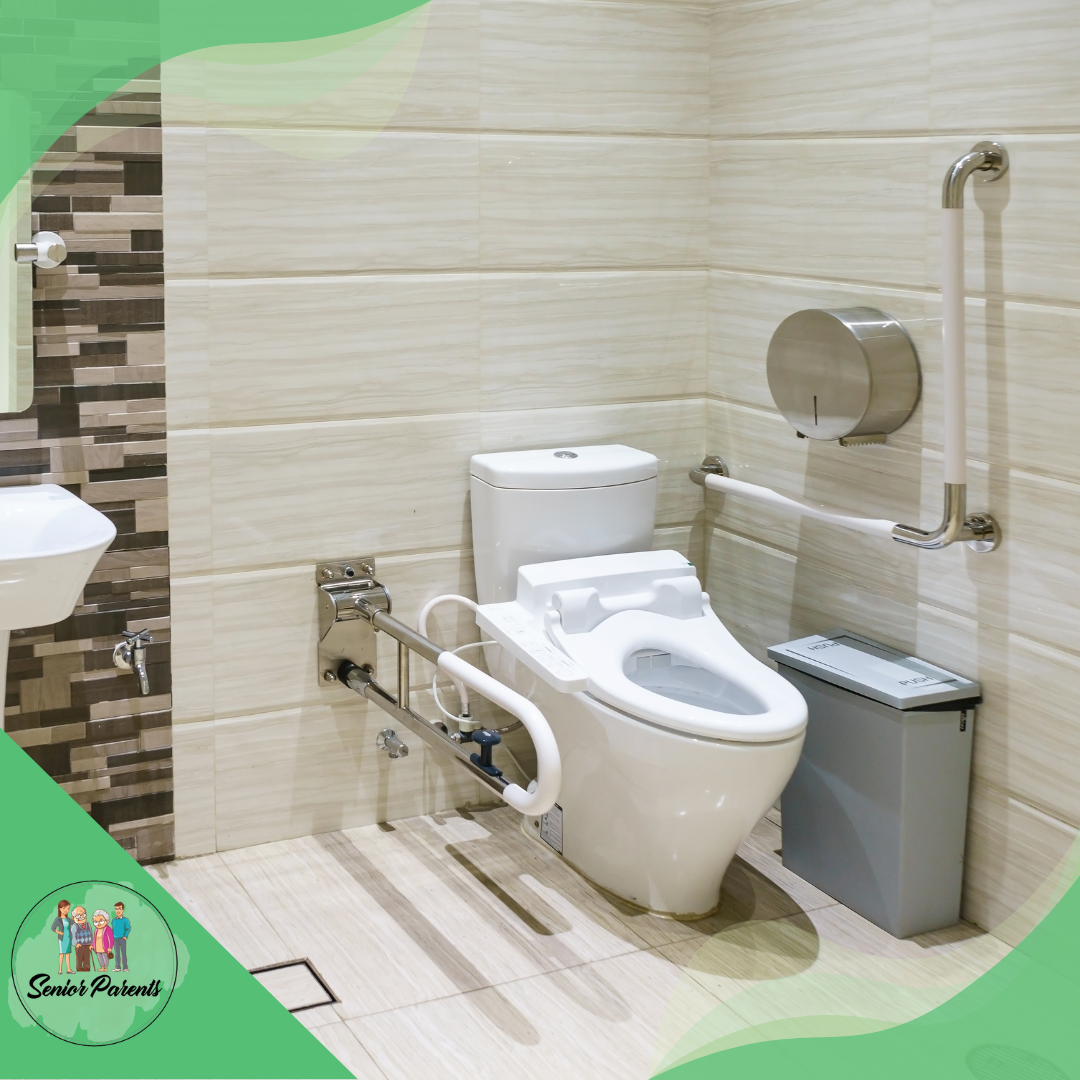
Creating Clear Pathways
For elderly individuals, moving around without obstacles is essential to prevent falls. Bathrooms should have at least 32 inches of clear door width to accommodate a walker or wheelchair and a flat threshold to minimize tripping hazards.
Space around fixtures must be ample so that turning and moving are effortless. Additionally, flooring should be slip-resistant to provide safe footing.
Strategic Placement of Essential Items
The placement of bathroom items should simplify routines and reduce the need to reach or bend. Toilets should be of comfortable height, which generally means they are taller than standard toilets to assist with sitting and standing.
Sink heights should be between 32 and 34 inches from the floor, with fixtures within easy reach. Grab bars and tension poles should be installed where support might be needed, such as near the toilet and the shower area.
Here’s a video about setting up your bathroom for your elderly loved ones.
By: Groysman Construction Remodeling Service
How to Set Up the Bathroom for Elderly Safety: Maintaining the Bathroom for Continued Safety
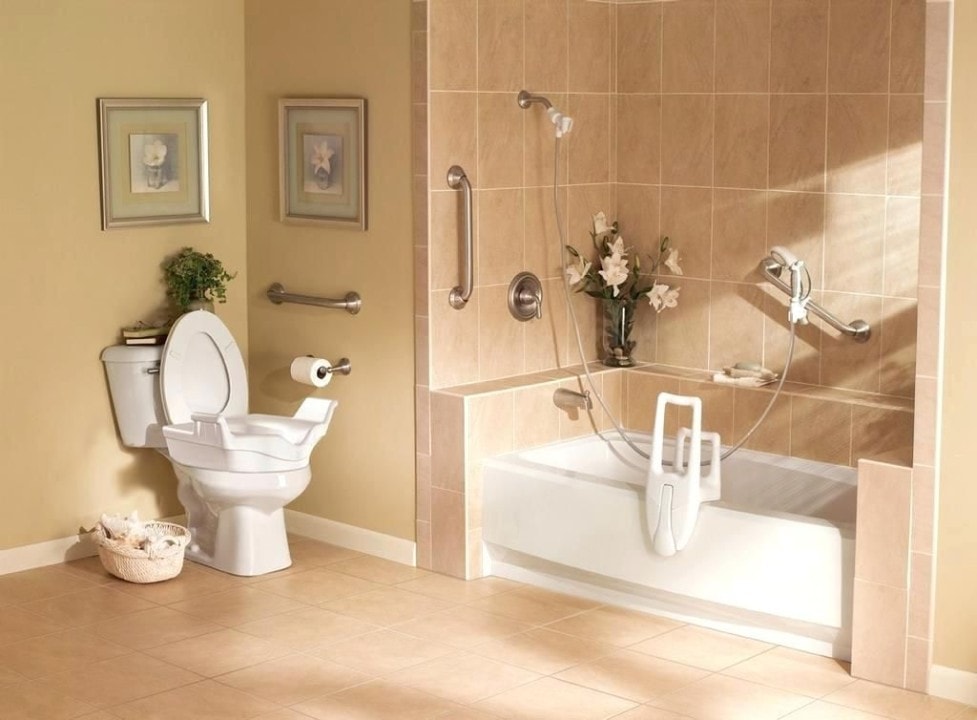
Ensuring elderly safety in the bathroom requires ongoing attention. It is critical that the bathroom environment remains clean and that the safety features continue to function effectively.
Regular Cleaning and Maintenance
A crucial step in maintaining bathroom safety is keeping the area clean. Regular cleaning prevents the build-up of slippery soap scum and mold, which can cause falls. Bath mats should be washed, and floors should be dried to keep the surface non-slippery.
Maintenance of Safety Features
Make sure to regularly check the safety items you’ve installed, like grab bars and handheld showers, to ensure they’re securely attached and working properly. Additionally, non-slip strips or mats inside the shower should be replaced if they begin to peel or lose their grip.
Periodic Safety Reviews and Adjustments
Over time, needs may change, so it’s important to reassess the bathroom layout periodically. Adequate lighting should be confirmed, and any obstacles that could pose a trip hazard should be removed or reorganized.
Regular evaluations of the bathroom can lead to improvements. Adaptations and upgrades may include installing a tub transfer bench for easier access to the tub or adding a higher toilet seat to aid in standing and sitting.
Creating a Safe Haven: Setting Up the Bathroom for Elderly Safety
Setting up the bathroom for elderly safety is not just about adding grab bars and non-slip mats; it’s about creating an environment that supports independence and minimizes risks. How to Set Up the Bathroom for Elderly Safety is crucial in this process. Our homes require thoughtful adjustments to ensure comfort and safety, especially in spaces as potentially hazardous as the bathroom.
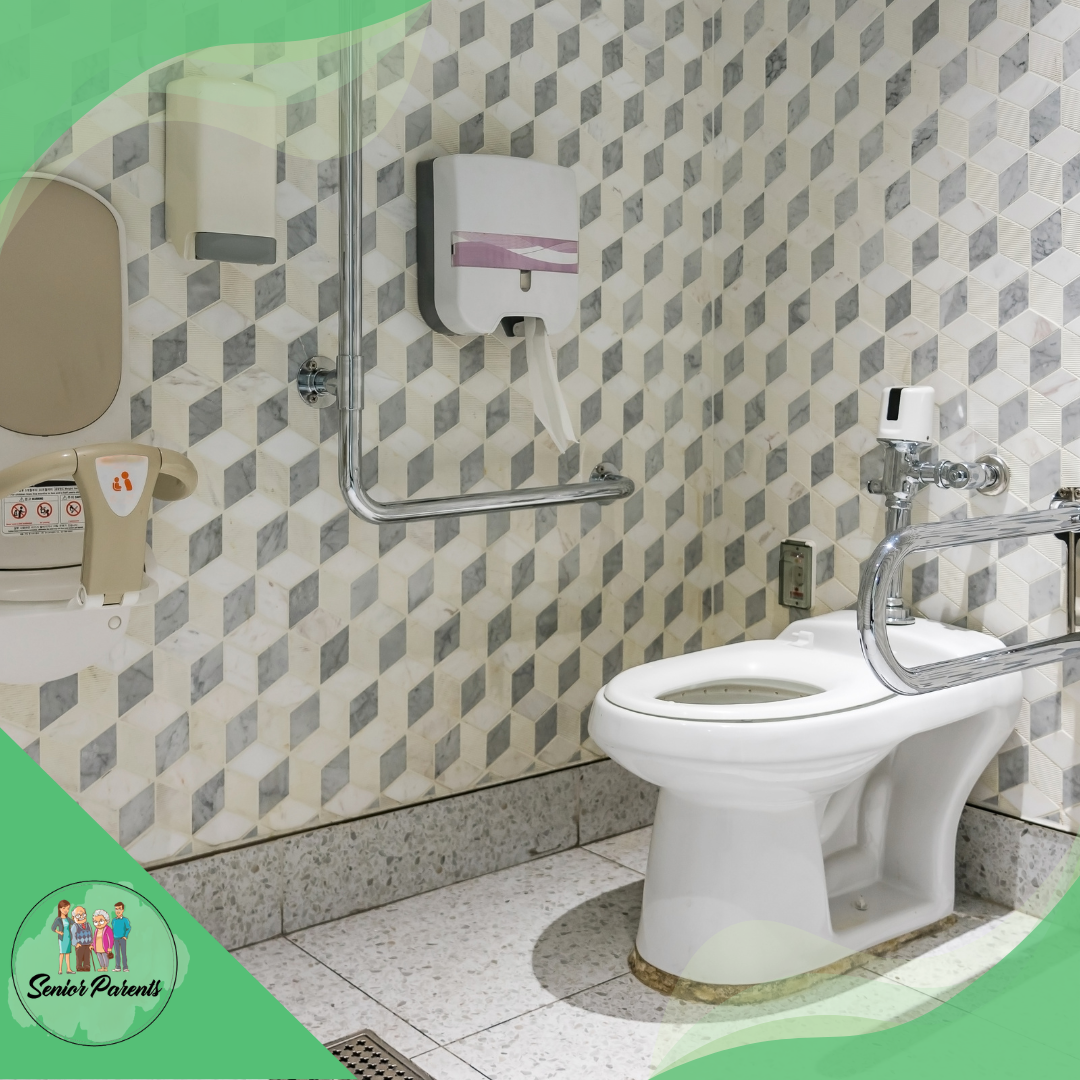
By using practical tips and adding essential safety items, you can turn your bathroom into a safe haven for your elderly loved ones. Whether you’re preparing for your own needs or those of a family member, the process begins with understanding the specific challenges elderly individuals face. From slippery surfaces to navigating tight spaces, every detail counts.
You can significantly enhance bathroom safety by prioritizing ease of movement and strategically placing safety features like grab bars and raised toilet seats. Regular maintenance and periodic reassessment of the bathroom layout are crucial. This ensures that safety elements remain effective and the environment meets changing needs. Remember, the goal is to promote independence and peace of mind while maintaining a high quality of life for elderly individuals.
In conclusion, making your bathroom safer for elderly family members is a proactive way to create a supportive and comfortable environment. By focusing on these key safety measures and making the right adjustments, you can significantly improve the well-being and safety of your elderly loved ones.
Frequently Asked Questions
What Modifications Are Necessary to Make a Bathtub Safer for Seniors?
To make a bathtub safer, seniors may benefit from installing grab bars to aid stability, a non-slip bath mat to prevent falls, and a bathtub transfer bench to help with safe entry and exit.
Which Safety Products Should Be Installed in a Bathroom for Senior Citizens?
Safety products for senior-friendly bathrooms should include grab bars, raised toilet seats, anti-scald devices, and motion-sensor lights to enhance visibility.
What Are the Key Features of a Senior-friendly Bathroom Design?
A senior-friendly bathroom design incorporates wide doorways for accessibility, lever-handled faucets for easy use, bright lighting, and thermostatic controls for consistent water temperatures.
Stay Connected with Senior Parents!
Ready to embark on a journey of wisdom and care? Follow us on our social media channels and stay updated with heartwarming stories, expert advice, and valuable insights for senior caregiving!
? Website: Explore sr-parents.com for in-depth articles and resources about senior care, health, and well-being.
? Pinterest: Discover a wealth of caregiving ideas, home hacks, and senior-friendly activities at pinterest.com/seniorparents.
? Facebook: Join our supportive community at facebook.com/sr.parents. Engage with fellow caregivers, share experiences, and find inspiration.
? Twitter: Connect with us at twitter.com/senior_parents for real-time updates, news, and trending topics related to senior care.
? Instagram: Follow us on instagram.com/seniorparents for uplifting moments, caregiving tips, and a glimpse into the lives of seniors and their families.
Stay informed, inspired, and supported with our latest articles and heartwarming stories about senior care. Join our caregiving community and be part of a network dedicated to providing the best for our beloved seniors. Follow us now and let’s start this rewarding journey together!

